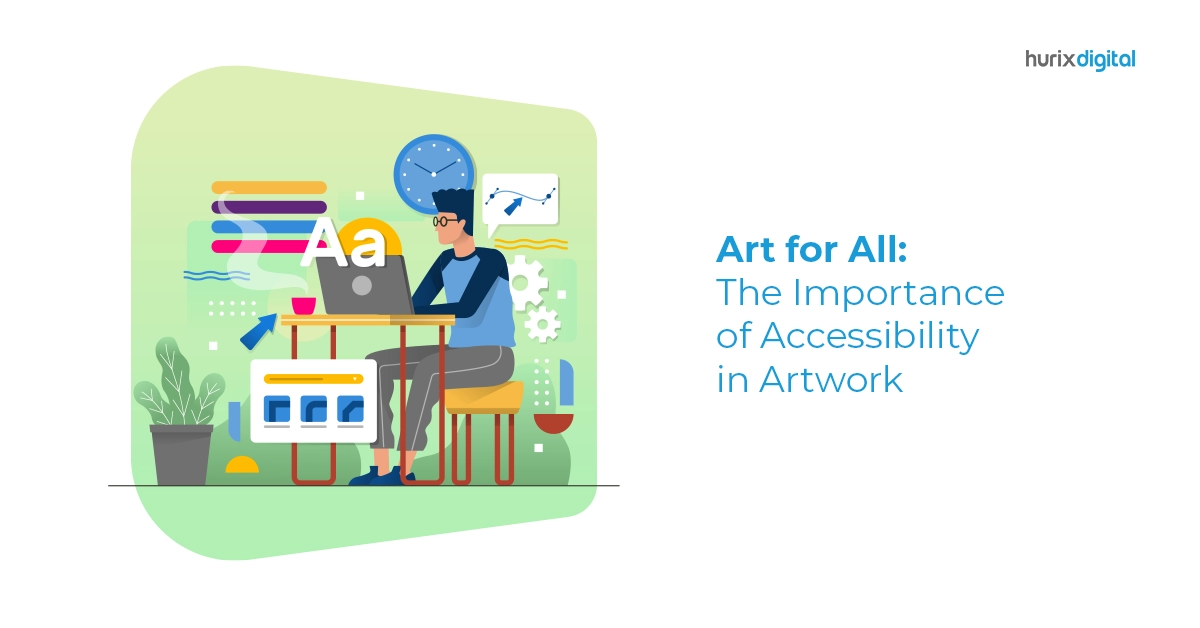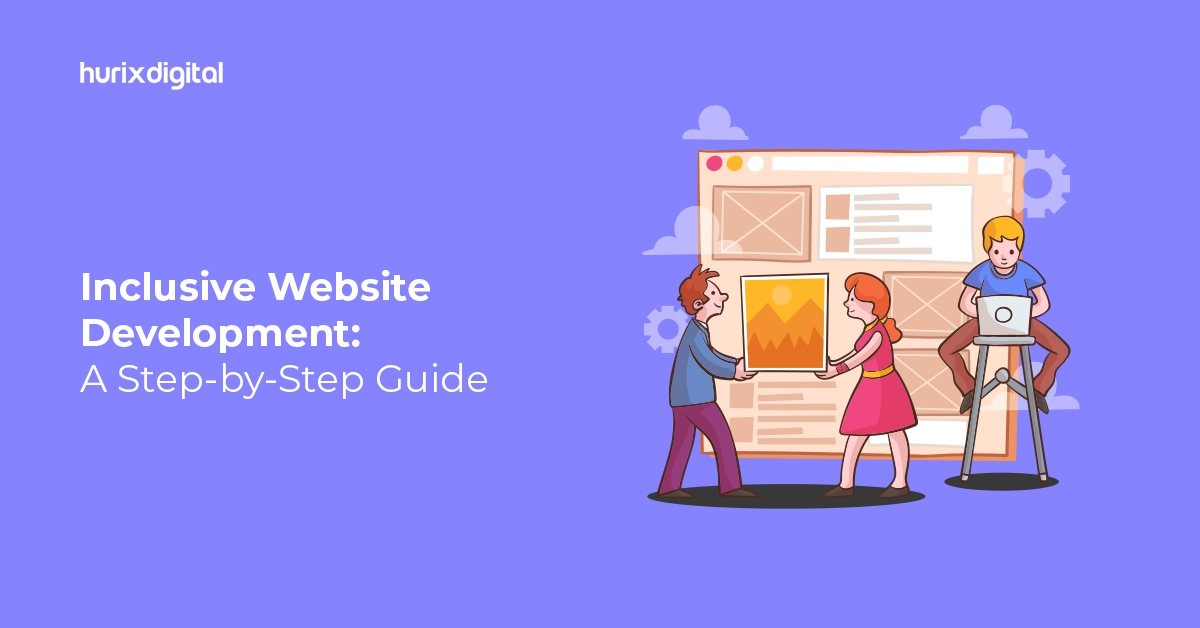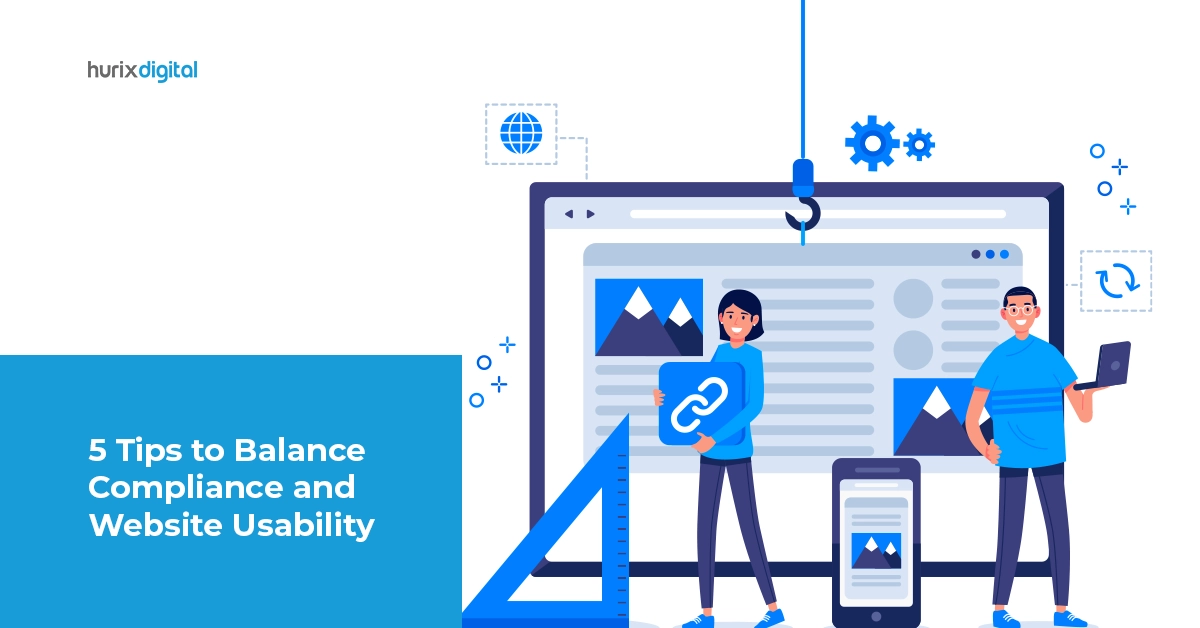
What Businesses Must Know About the Accessibility Canada Act
The demand for accessible products and services around the world is growing. However, accessibility is a significant barrier preventing citizens with limitations – from mobility, physical and learning challenges, from getting equal access.
Even today, people with disabilities in Canada have limited access to education, employability, and other types of relevant products and services. The Accessibility Canada Act (ACA) was launched to change this status quo.
The Act mandates that organizations must invest resources in building accessibility, thus raising awareness, accountability and, in turn, offering accessible services and products for persons with disabilities.
In this blog, we deconstruct Canada’s Accessibility Act, how businesses can build digital accessibility in an internet-driven world, and the benefits of making their products and services accessible.
Table of Contents:
- What is the Accessibility Canada Act?
- Key Organizations Impacted by ACA
- Web Accessibility and the ACA
- Benefits of Complying with the ACA
- How to Drive Web Accessibility
1. Understand the Market
2. Build Policies Around Accessibility
3. Adopt a Universal Design Approach - Leverage the Right Technology
- In Conclusion
What is the Accessibility Canada Act?
The Canadian Charter of Rights and Freedoms aims to offer all Canadians equal rights without discrimination. Yet, lack of access in various spheres of life – from education and employment to public transport and digital access – prevents people with disabilities from enjoying the same rights and freedoms.
Launched in 2019, the Accessibility Canada Act (ACA) aims to remove all barriers for people with disabilities residing in Canada by January 1, 2040.
Canada’s accessibility act website states that the key areas where equal access needs to be designed and delivered comprise:
- Built environments such as buildings and public spaces
- Employment
- Information and communication technologies
- General communication
- Access to goods, services, and facilities
- Access to key programs and service
- Access to all forms of transportation within Canada and across international borders.
Under communication, the Act recognizes American Sign Language, Quebec Sign Language, and Indigenous sign languages used by people who are deaf or hard of hearing.
The Act is playing a major role in raising Canada’s accessibility standards.
Key Organizations Impacted By ACA
Several organizations are mandated to follow ACA guidelines. These comprise:
- All federal government departments and agencies
- Both state-owned and privately managed Crown corporations
- Sectors such as telecommunications, postal services, railways, banking, radio, and television broadcasters, among others, are federally regulated.
Privately owned organizations such as corporations, startups, and small businesses are not mandated to follow the ACA guidelines.
However, contemporary organizations are realizing that building accessible products and services comes with several advantages. It is not merely a social cause that benefits underserved consumers or a step to be taken to adhere to ACA compliance.
Web Accessibility and the ACA
Access to digital communication is one of the most basic services required by consumers today. World Wide Web Consortium’s Web Accessibility Initiative published the Web Content Accessibility Guidelines (WCAG) to help make web accessibility an equal opportunity.
WCAG is part of a larger series published by the Consortium, a key global organization setting the standard for internet usage. The guidelines recommend how web content can be made accessible to a wider spectrum of consumers with various challenges through the use of various communication content formats, tools, features, and functionalities.
The first edition of guidelines WCAG 2.0 was published in 2008, followed by WCAG 2.1 in 2018 and WCAG 2.2 in 2023. Currently, the ACA requires that all federally run organizations and sectors, as well as privately owned Crown corporations, must adhere to WCAG accessibility standards.
Also Read: 5 Most Common Accessibility Errors in Software Design and Development
Benefits of Complying with The ACA
Though privately owned organizations are not mandated to follow ACA guidelines, all businesses should embrace this shift and build accessible products and services. The sheer numbers are staggering and make a great case for inclusive business strategies.
For instance, as of October 2022, Canada had 37 million internet users, and this number is expected to grow to 39 million by 2024, reaching over 99% of the population. Around 71% of Canadians already own at least one smart device in their home. Also, over 6.2 million Canadians have a permanent or temporary, visible or invisible disability as of 2023.
With such a highly digitally-savvy population, businesses have an opportunity to reach a broader demographic by serving underserved segments such as people with disabilities. They can drive more traffic to their web pages and engage these audiences.
How to Drive Web Accessibility
Businesses need to take several steps to make their products and services accessible:
1. Understand The Market
Many businesses do not have a clear idea about the challenges experienced by people with disabilities.
They are also unaware of the diversity of disabilities that impact consumers – from visibility challenges and reading difficulties to deafness and speaking struggles. Getting savvy about limitations is a good first step.
2. Build Policies Around Accessibility
Building an inclusive policy across the board can help businesses simplify the process. For instance, hosting accessibility train can improve problem-solving and build relevant products.
This work must also not be done with a charity mindset but as an opportunity to build high-quality products for an underserved audience.
3. Adopt a Universal Design Approach
Today, it’s possible for businesses to build fully accessible products that cater to a wide audience. They need not design separate products for diverse audiences. This concept has come to be known as universal design.
For instance, an eBook that comes with video content, audio representation, infographics, animated content, and a live simulation can be consumed by a wide audience, as opposed to a paper book.
You might also like: AI & Accessibility: Is AI-Generated Content Bad for Accessibility?
Leverage the Right Technology
By using solutions that combine the power of artificial intelligence, machine learning, and automation, businesses can apply the principles of universal design and build a superior product.
For instance, a digital publishing platform enables publishers, marketers, and influencers to create and distribute accessible with ease. This is a unified, cloud-based solution that expedites the time and effort it takes to build content while also ensuring that it follows digital accessibility guidelines.
Content can be made highly interactive and intuitive, catering to all audiences with limitations.
In Conclusion
Building accessible products and services is one of the best practices being adopted by businesses today. In Canada, accessibility laws are nudging enterprises to leverage technology to take affirmative steps toward becoming part of an accessible world.
If your business aims to build accessible content, Hurix Digital has the technology to support your business goals.
Contact us and benefit from the best corporate learning solutions.

Vice President – Digital Content Transformation. He is PMP, CSM, and CPACC certified and has 20+ years of experience in Project Management, Delivery Management, and managing the Offshore Development Centre (ODC).











